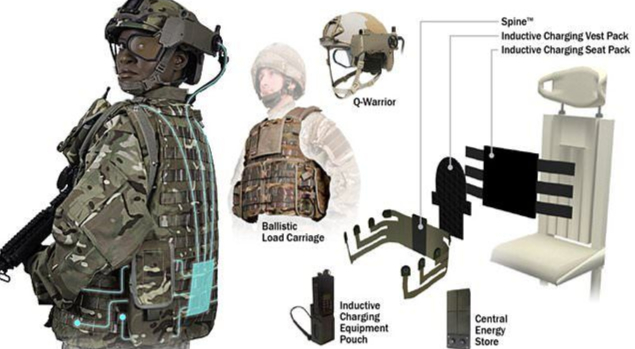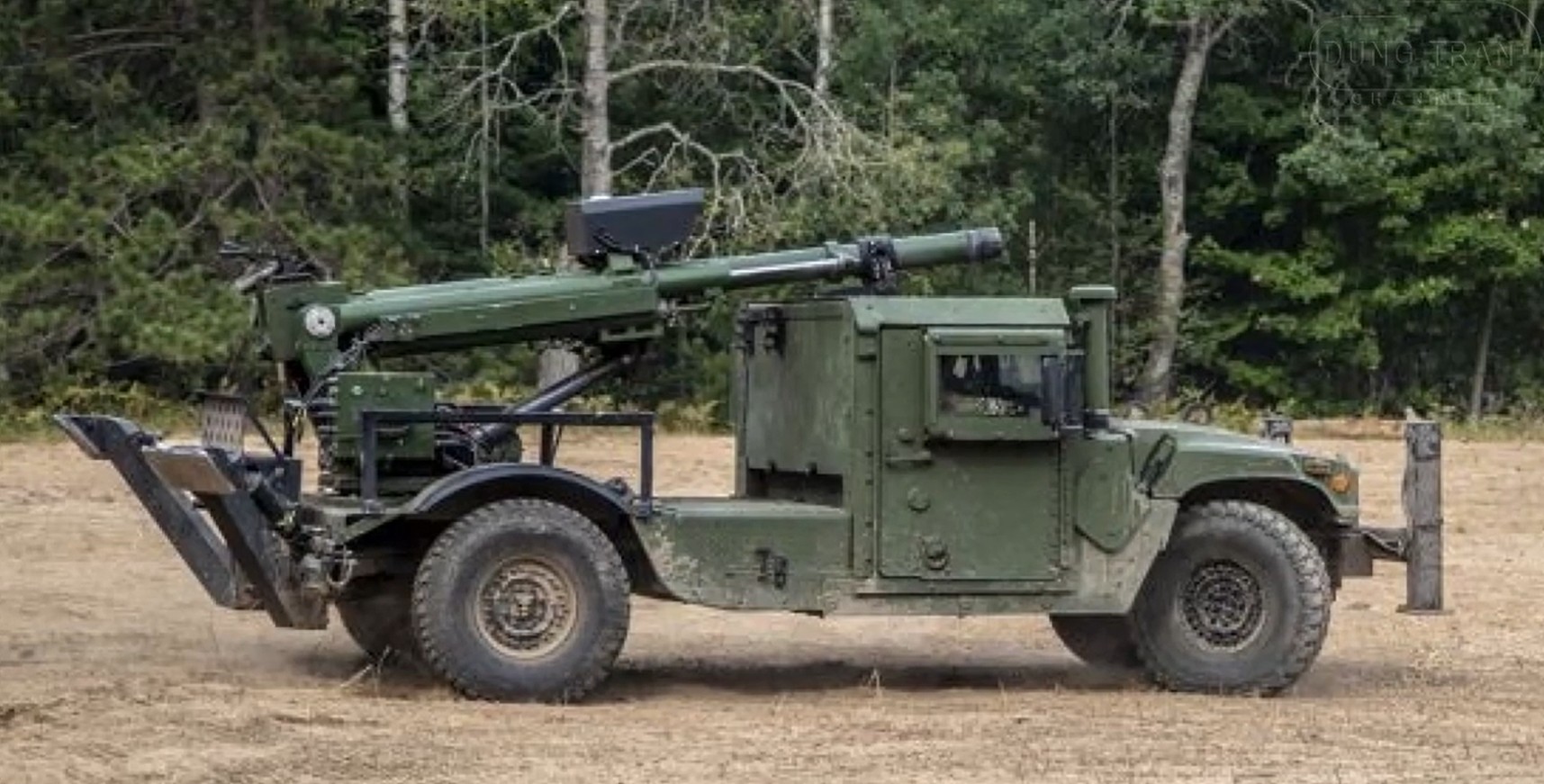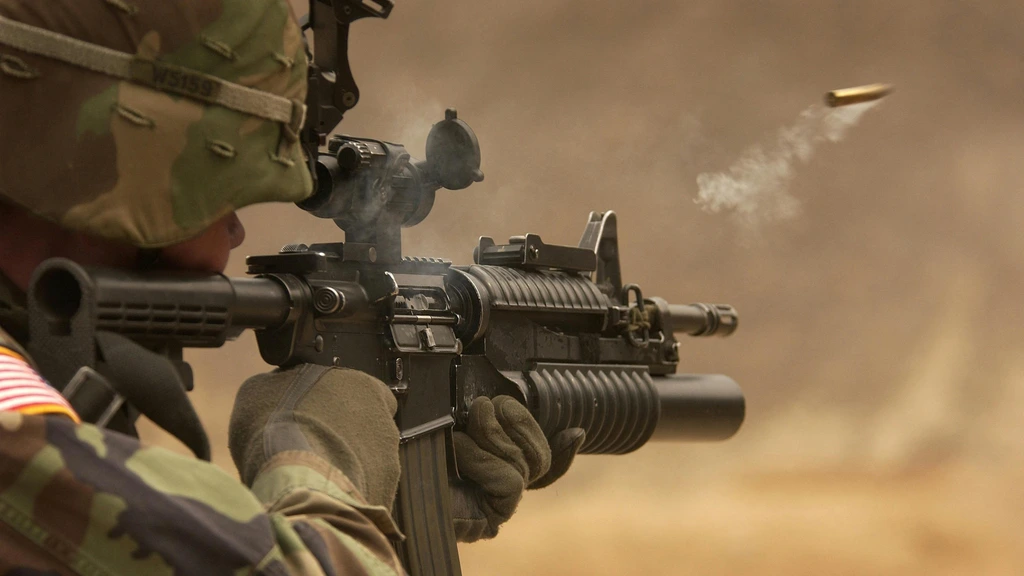The Evolution of Military Wearable Technology
The landscape of warfare and soldier’s gear has drastically changed with advancements in technology. Among these innovations, wearable technology plays a crucial role in providing soldiers with enhanced abilities and protection in the field. These state-of-the-art gadgets not only aim to increase operational effectiveness but also prioritize the safety and well-being of military personnel.
Smart Vests: Protection and Beyond
The introduction of smart vests has revolutionized the concept of protective gear. Unlike traditional bulletproof vests, smart vests incorporate advanced materials and built-in electronic systems. These vests monitor vital signs, environmental conditions, and even communicate with other devices. For instance, a smart vest can alert medics to a soldier’s condition in real-time, allowing for swift medical intervention when necessary.
Key Features of Smart Vests
- Vital Sign Monitoring: Sensors integrated into the vest track heart rate, body temperature, and more.
- Ballistic Protection: Made with advanced materials offering lighter and more effective protection.
- Communication System: Built-in radios and GPS for better coordination among troops.
Smart Helmets: A High-Tech Headgear
Smart helmets have taken head protection a step further by embedding technological tools directly into the helmet. These helmets offer augmented reality (AR) capabilities, night vision, and more, making them pivotal in modern military operations. With these features, soldiers can receive critical data on the move, enhancing situational awareness and decision-making.
Smart Helmet Specifications
| Feature | Description |
|---|---|
| Augmented Reality (AR) | Displays navigational data, enemy position, and more via a heads-up display. |
| Night Vision | Integrated technology for operations in low-light conditions. |
| Communication | Built-in microphones and earpieces for seamless communication. |
Additional Wearable Innovations
Beyond vests and helmets, a variety of other wearables are making their way into military use, each tailored to meet specific operational needs. Here are some notable examples:
- Smart Boots: These come equipped with sensors to monitor foot health and offer GPS tracking, aiding soldiers in maintaining orientation in difficult terrains.
- Wearable Exoskeletons: Designed to enhance strength and endurance, exoskeletons help soldiers carry heavy loads with less fatigue.
- Health Monitoring Wristbands: Similar to fitness trackers, these bands provide real-time health data to prevent injuries before they occur.
Impact on Military Operations
The integration of these wearables into military forces has brought about a significant transformation in how operations are conducted. Enhanced communication and situational awareness reduce the likelihood of accidents and improve coordination among troops. Moreover, real-time health monitoring ensures that soldiers maintain peak physical and mental conditions, minimizing downtime due to injuries or health issues.
Challenges and Future Directions
While the benefits of wearable technologies for soldiers are apparent, there are various challenges that need addressing. These include ensuring the durability and reliability of devices in extreme conditions, maintaining the security of data transmitted by these devices, and managing the costs associated with wide-scale implementation.
Looking ahead, the future of wearable military technology seems promising with ongoing innovations. As research progresses, we can anticipate even more advanced features and materials that further integrate technology seamlessly with soldier gear, enhancing capabilities without hindering mobility or performance.
In conclusion, wearable technologies are proving to be invaluable tools on the battlefield, offering advanced protection, communication, and health monitoring. As these technologies continue to evolve, the impact on soldier safety and mission success will undoubtedly grow, ushering in a new era of military operations.









